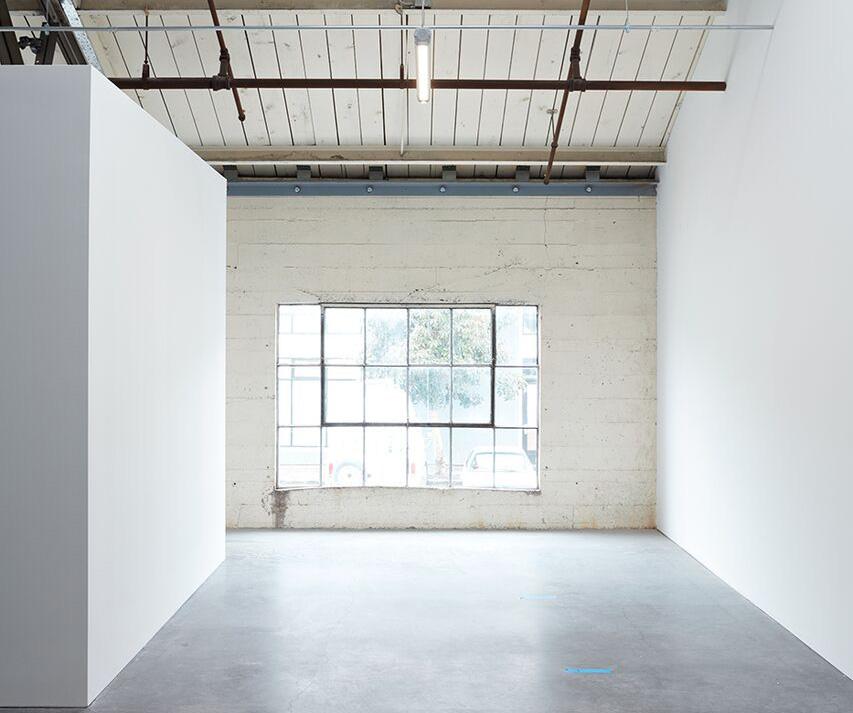1275 Minnesota Gives Art and Artists A New Home
by Jordan Kushins
Set deep in the heart of San Francisco’s industrial Dogpatch neighborhood is a two-block stretch characterized by a couple of new developments that, though inconspicuous at first glance, hope to change the way the city interacts with art—and the way it accommodates its artists.
This week marks the opening of 1275 Minnesota, a brand new creative space that boasts ten permanent galleries; two spaces for temporary exhibitions and short-term lets; the new HQ for the San Francisco Arts Eduction Project; and a vibe that’s more casual-come-and-hang-out-a-while than for-serious-aesthetes-only (though, by design, there should be something for everyone on both ends of the spectrum, and everyone in between). It’s like a mash-up of some of SF’s most iconic cultural institutions—think 49 Geary by way of the Ferry Building.
The existing structure at 1275 has its own, only-in-SF narrative that includes a decades-old stint as the prop shop for the Grateful Dead (yes, really), and most recently a woodshop that was fully functioning until architect Mark Jensen first toured the spot. “It was completely infused with sawdust, which created this light brown patina over everything,” he told me of that initial survey. In fact, its inherent utilitarian nature was totally part of the charm. “There’s a tendency in projects like this to ‘overimprove,’ which can erase the great features that are already there. We knew there were going to be a lot of upgrades, but we really worked hard to maintain its originality.”
In order to achieve this, Jensen worked within the original form. The super-high ceilings formed a kind of inverted A-frame—a “V” with wings out to the perimeter—with existing skylights on either side. “It builds a kind of reverse pressure,” Jensen said, that gently pushes attention towards the outer edge of the space. Here, on both the ground floor and the second floor mezzanine, are where the galleries are located.
Jensen also faced the somewhat complicated challenge of a project—like his previous work onSFMoMA’s roof garden, and the Fort Mason Center Gallery 308 before—that required an architectural space to complement a rotating selection of artwork. “I think a lot of art spaces try to be super neutral; the white gallery box, where the art exists on its own,” he says. “On the other extreme—and there are no shortage of examples—is where architects make work about itself, more than the program. What I would say I’m interested in is giving enough breathing room to the art, in terms of material and dimensions; but not being afraid of having the architecture have a dialogue with the work, or even inform the work.”
Visitors, too, are encouraged to have a personal dialogue with the work—and each other. Bleacher-style benches at the end of the open-plan lead from first floor to second, while giving guests a chance to sit and chat about the work they’ve seen (or simply people-watch). Plus, an on-site cafe and restaurant by restauranteur Daniel Patterson will serve suitably thoughtful refreshments.
It’s an ambitious renovation for an equally ambitious endeavor. 1275 Minnesota is just one part of the Minnesota Street Project, founded by enterprising collectors Deborah and Andy Rappaport. The pair wanted to come up with a way to offer local artists and galleries space well-below the going market rate, which has skyrocketed in the past few years. As a result, a creative class that once formed the off-beat heart of the Bay Area has been forced out in favor of people and companies who can pay major—like, really major—rents.
In order to subsidize 1275—as well as the Artist Studio Program across the street, with 30 charter tenants and various residency programs—the Rappaports are also completing a large, high-security, climate-controlled warehouse that will store collections from the city’s big-time collectors. All profits from the facility will be funneled back into 1275—which also boasts shared spaces like kitchen, conference room, and shipping zone—and its community programs.
Time will tell what kind of impact the Minnesota Street Project will have on the Dogpatch and beyond, but for now, its doors are open to welcome the city and its art enthusiasts, both established and emerging.
